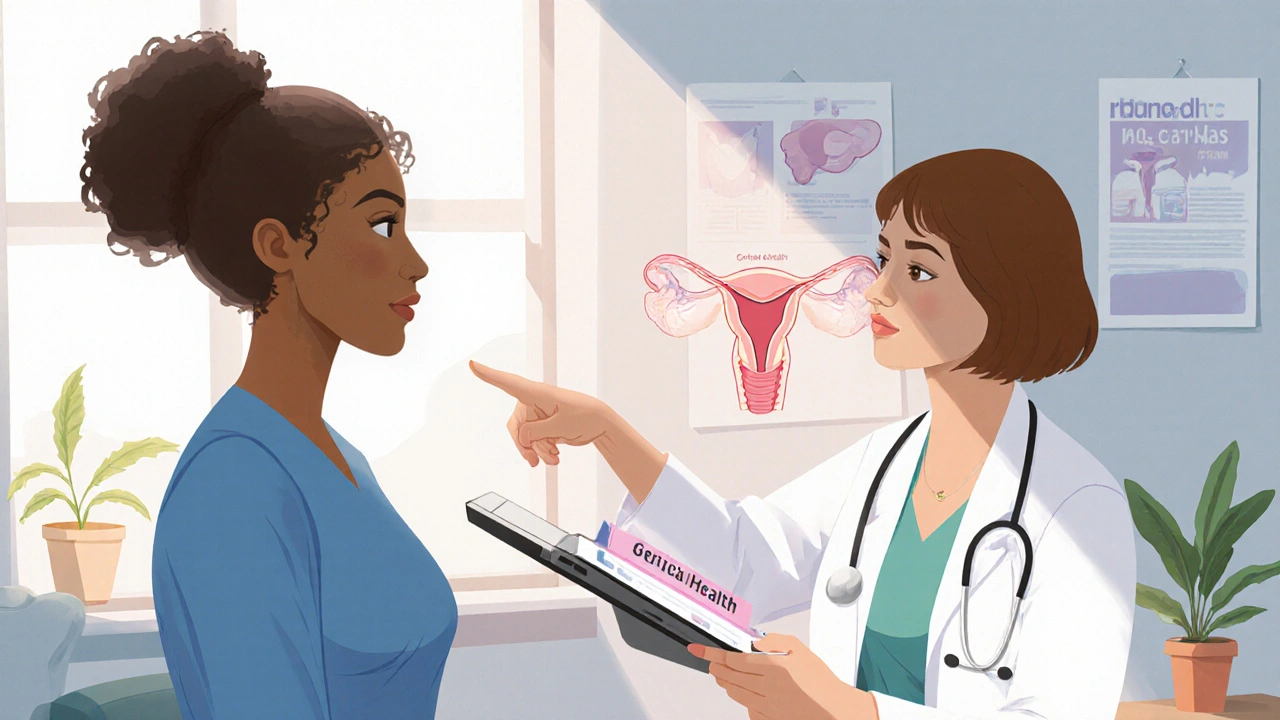HPV: What It Is, Risks, and How to Guard Yourself
When talking about HPV, the human papillomavirus is a group of more than 150 related viruses that infect skin and mucous membranes. Also known as human papillomavirus, it spreads mainly through intimate skin‑to‑skin contact and can cause anything from harmless warts to serious cancers. Understanding this virus is the first step toward preventing its complications.
One of the biggest concerns is that cervical cancer, a malignant tumor of the cervix often linked to persistent HPV infection accounts for the majority of HPV‑related cancers in women. The virus’s high‑risk strains, especially types 16 and 18, infiltrate cervical cells and may trigger abnormal growth over several years. This link underscores why early detection and vaccination matter.
Prevention has gotten a major boost thanks to the HPV vaccine, a prophylactic shot that targets the most dangerous HPV strains. By prompting the immune system to recognize the virus before exposure, the vaccine reduces the chance of infection by up to 90 % and dramatically cuts future cancer risk. It’s a safe, widely studied tool that health agencies recommend for pre‑teens, but adults can benefit too.
Even with vaccination, regular screening remains essential. The Pap test, a routine cervical screening that looks for abnormal cells caused by HPV can catch problems early when treatment is most effective. Many clinics now combine the Pap with an HPV DNA test for even higher accuracy, allowing doctors to spot high‑risk infections before they turn malignant.
Beyond the cervix, HPV is also responsible for cancers of the throat, anus, penis, and vulva. These cancers share the same underlying mechanism: persistent infection with high‑risk strains that alter cell DNA. Recognizing the broader spectrum of HPV‑related disease helps patients and providers stay vigilant about symptoms and screening in all affected sites.
Common myths still cause confusion. Some think HPV only affects sexually active teens, but the virus can be transmitted at any age and often goes unnoticed because most infections are asymptomatic. It’s also not a one‑time thing – you can be exposed to different strains over a lifetime, which is why a complete vaccine series is recommended.
Who should get the vaccine? The CDC advises routine immunization at ages 11‑12, with catch‑up doses available up to age 26 for those who missed it. Adults 27‑45 may still benefit after a personalized risk assessment. Pairing vaccination with regular Pap testing creates a dual‑layer defense that dramatically lowers the chance of cancer developing later in life.
What You’ll Find Next
Below you’ll see a curated set of articles that dive deeper into each of these topics – from vaccine safety and dosing schedules to detailed guides on interpreting Pap test results and managing HPV‑related health issues. Use them to build a solid understanding and take practical steps toward protection.

 Sep, 28 2025
Sep, 28 2025